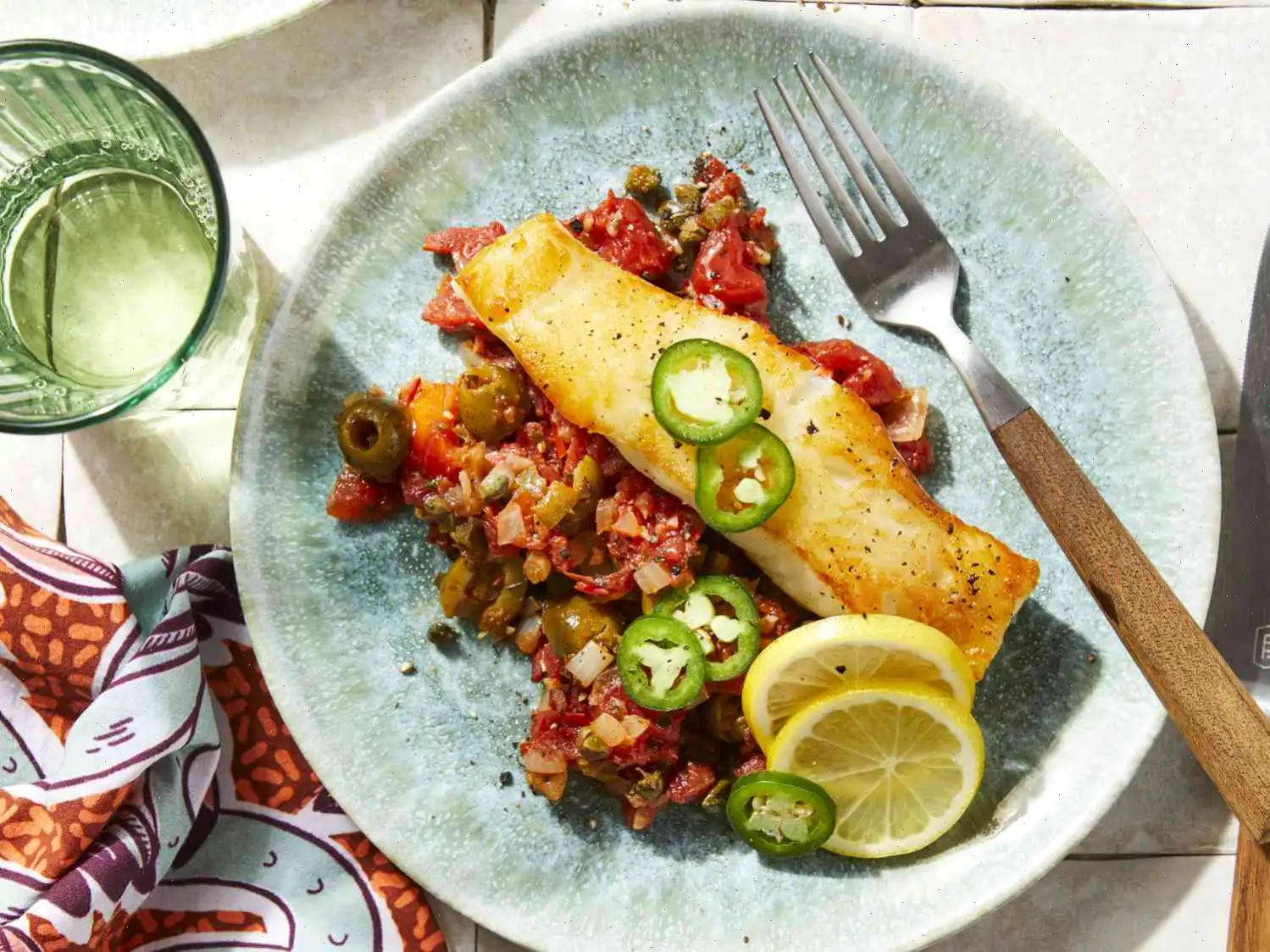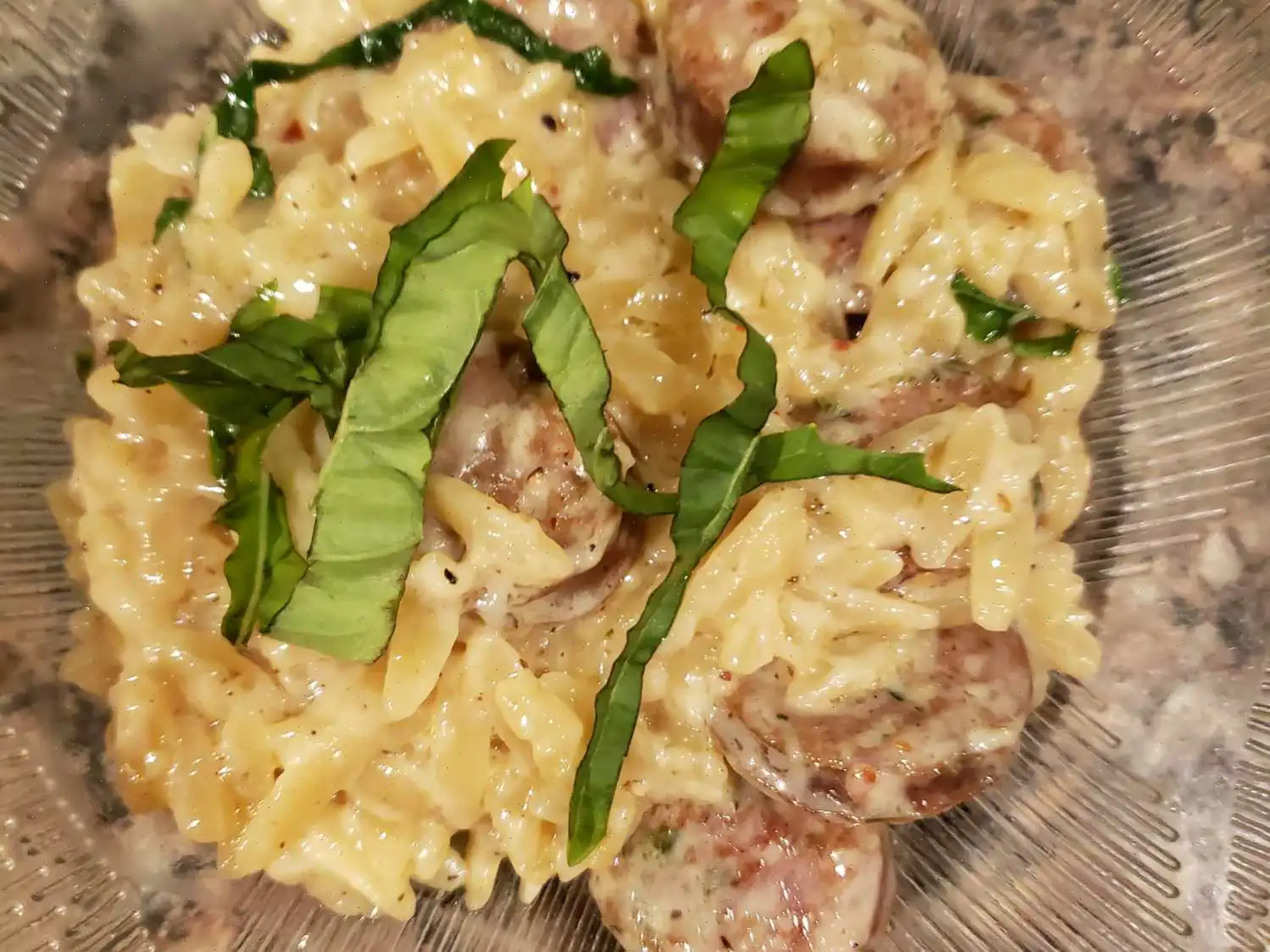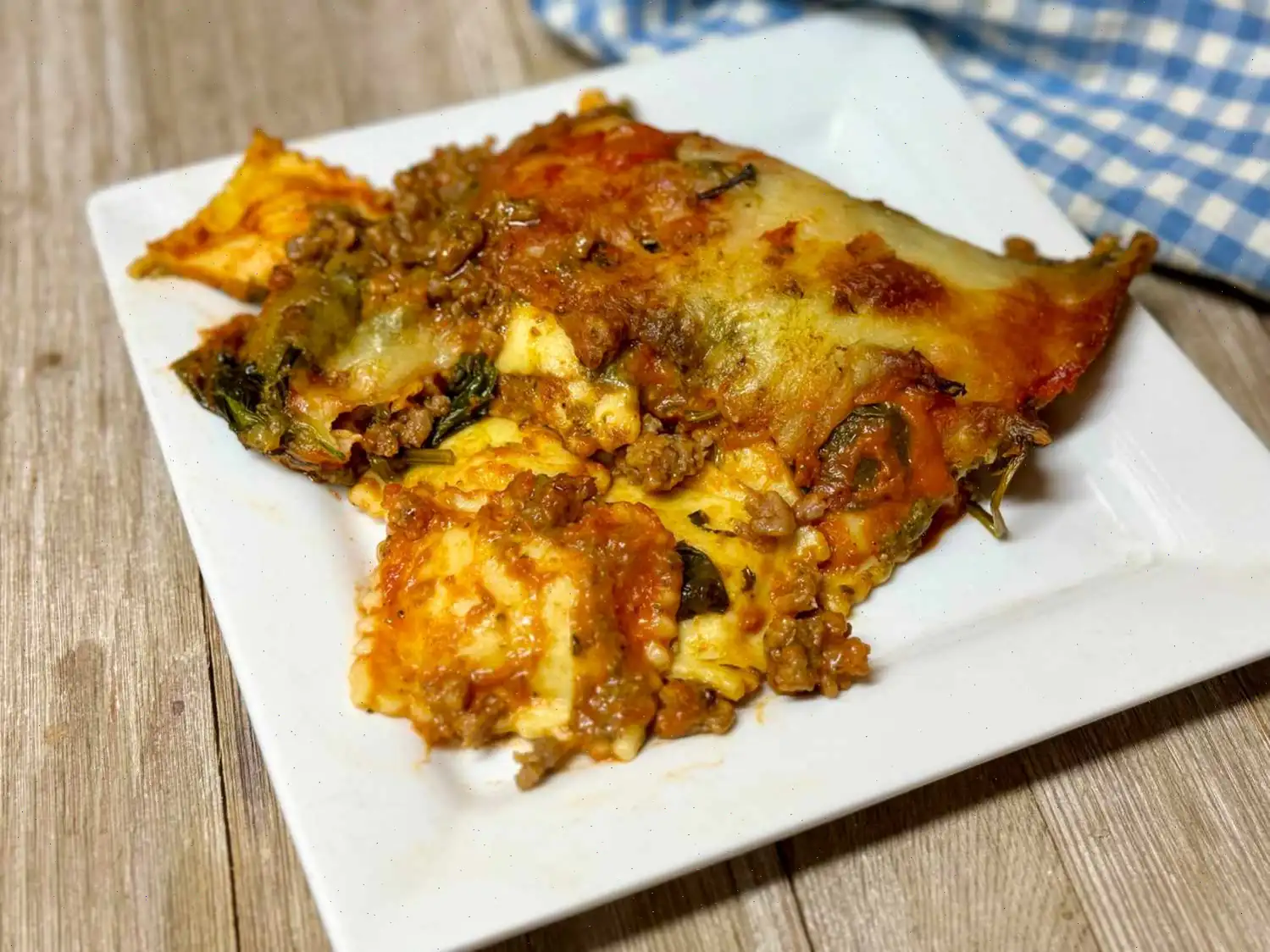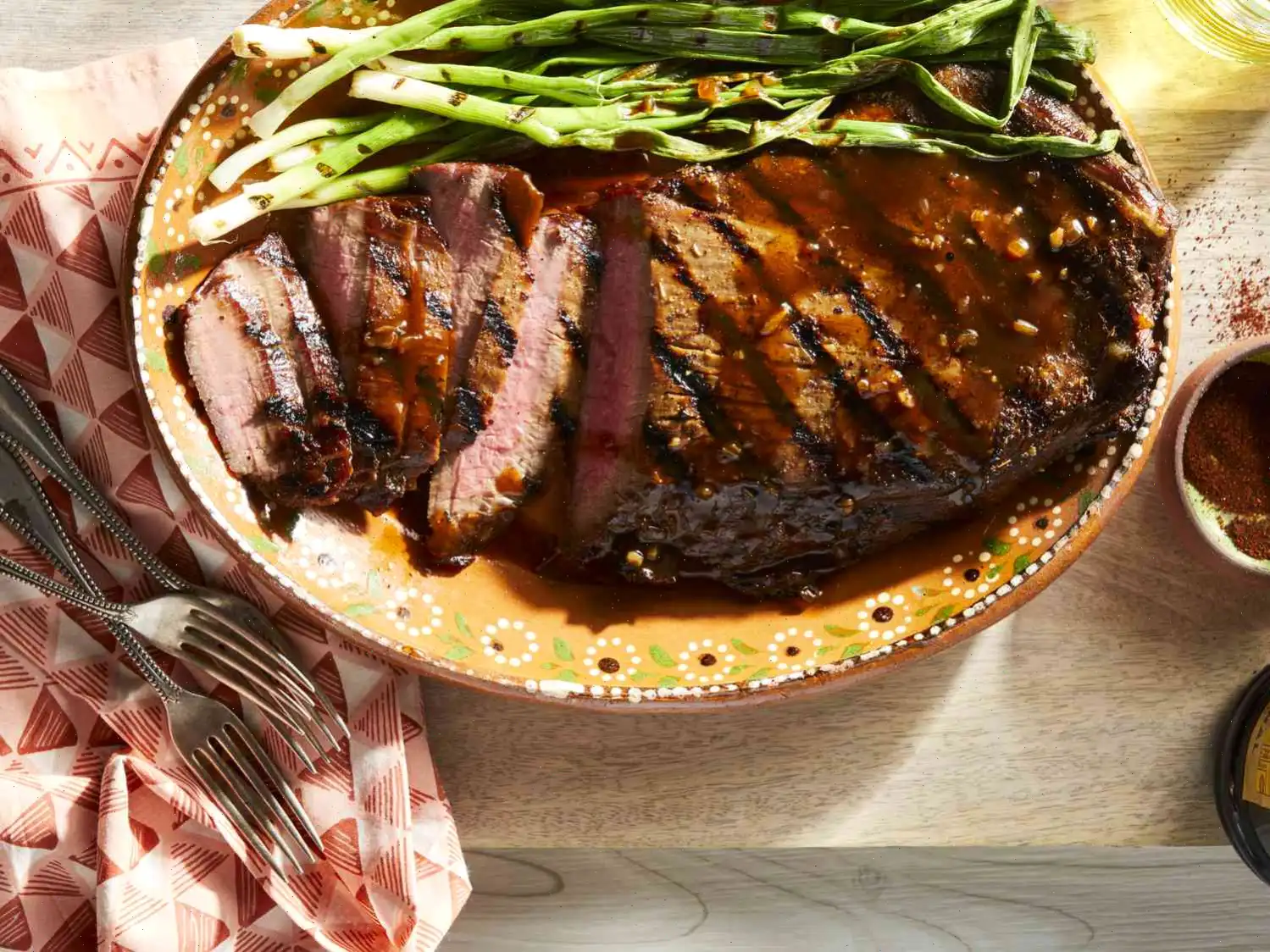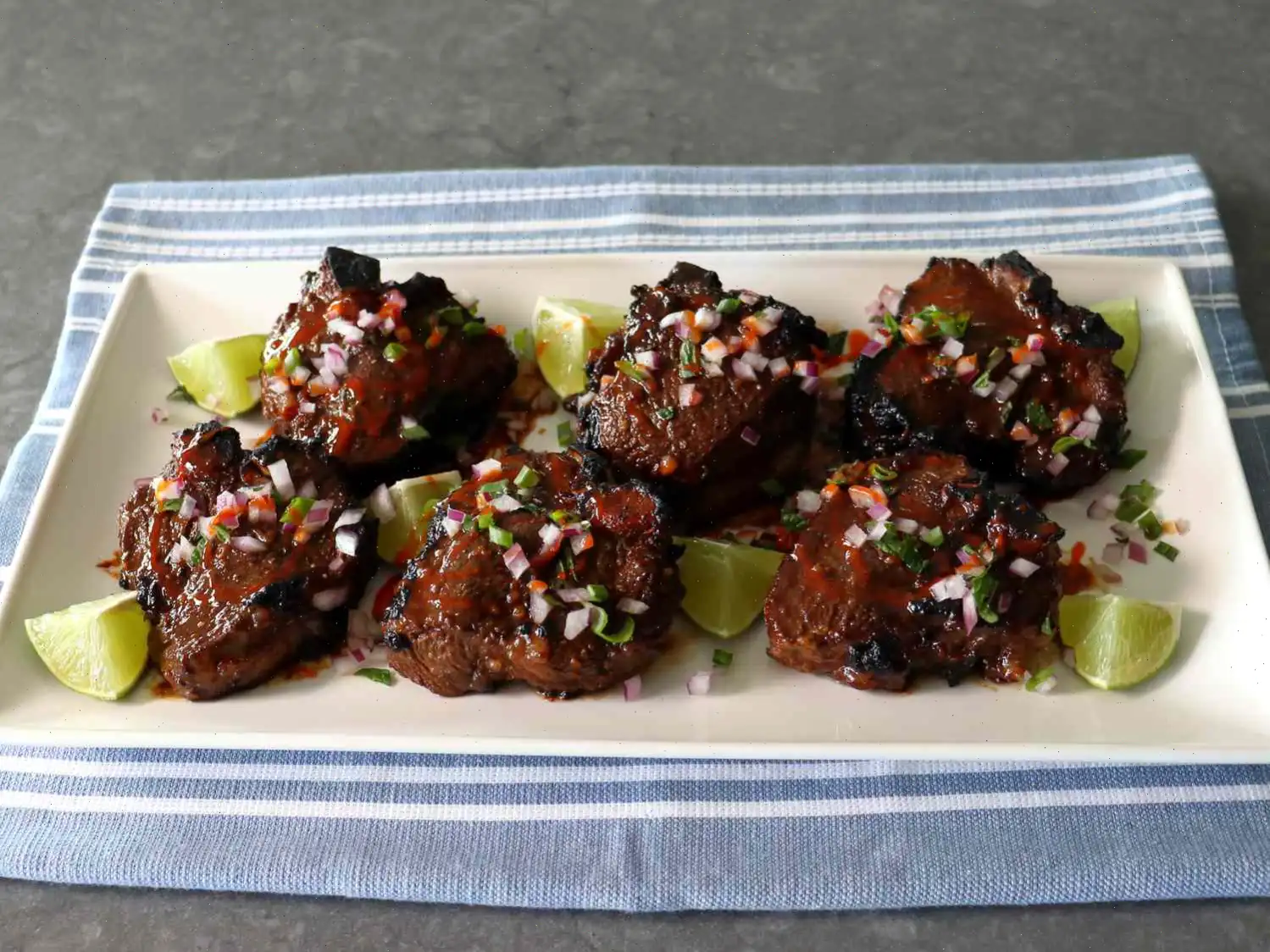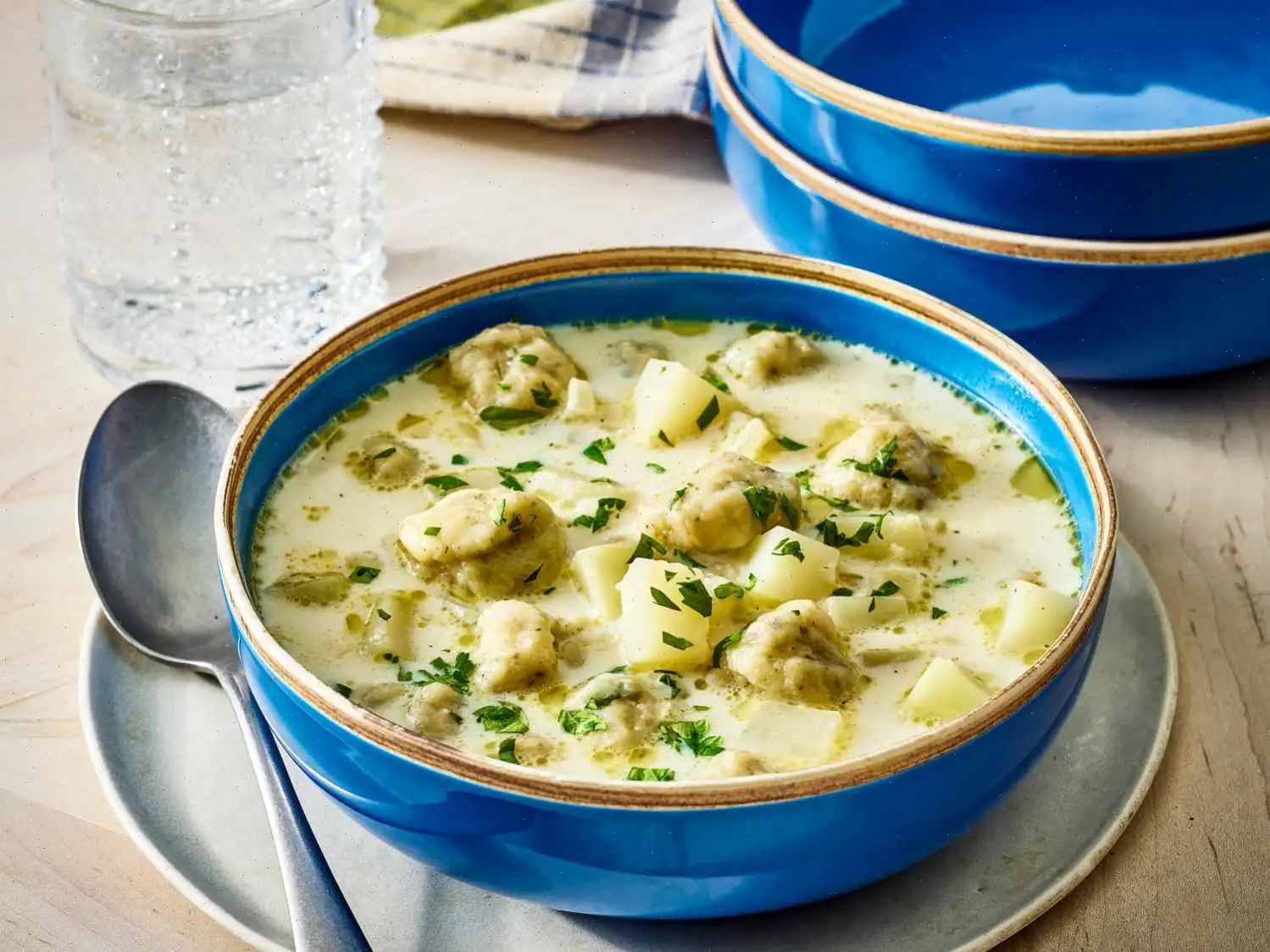
Veracruz-Style Whitefish Recipe
Original recipe yields 4 servings.
Ingredients
- 3 tablespoons olive oil, divided
- 1 cup diced onion
- 3 cloves garlic, minced
- 1 jalapeno pepper, minced, plus more for garnish (optional)
- 1 teaspoon dried oregano
- 1/2 teaspoon salt, divided
- 1/2 teaspoon black pepper, divided
- 1/4 cup dry white wine (such as Chenin Blanc)
- 1 (14.5 oz) can fire-roasted diced tomatoes, undrained
- 1/2 cup roughly chopped pitted green olives
- 1/4 cup capers, drained
- 1 tablespoon chopped fresh parsley
- 4 (6 oz) skinless whitefish fillets, such as sea bass or snapper
- Lemon wheels, for serving
Directions
- Heat 2 tablespoons of olive oil in a saucepan over medium-high heat. Add the diced onion and cook, stirring occasionally, for about 4 minutes until softened and lightly browned.
- Add the minced garlic, jalapeno pepper, dried oregano, and 1/4 teaspoon each of salt and black pepper. Cook, stirring frequently, for about 30 seconds, or until fragrant.
- Pour in the white wine and stir. Bring the mixture to a simmer, cooking until most of the wine evaporates, about 2 minutes.
- Stir in the diced tomatoes (with juices), chopped olives, capers, and fresh parsley. Bring to a simmer over medium-high heat. Reduce the heat to maintain a low simmer, stirring occasionally, for about 15 minutes, until most of the liquid has evaporated and the sauce has reduced to about 2 cups.
- Remove from heat and cover to keep warm while you prepare the fish.
- In a large nonstick skillet, heat the remaining 1 tablespoon of olive oil over medium-high heat. Pat the fish fillets dry with a paper towel and season with the remaining 1/4 teaspoon each of salt and black pepper.
- Cook the fish fillets, turning once halfway through, until browned on both sides and the fish flakes easily with a fork. This should take about 6 to 8 minutes per 1/2-inch thickness.
- Serve the fish fillets with the tomato-olive sauce and lemon wheels on the side. Garnish with additional jalapeno slices if desired.
Notes
Chenin Blanc is a popular white wine varietal grown in Mexico, particularly in the La Laguna region. Known for its high acidity, Chenin Blanc can range from sweet to dry. Its crisp acidity complements the tomato-based sauce beautifully.
Nutrition Facts (per serving)
- Calories: 452
- Fat: 26g (34% Daily Value)
- Saturated Fat: 4g (19% Daily Value)
- Cholesterol: 119mg (40% Daily Value)
- Sodium: 1092mg (47% Daily Value)
- Total Carbohydrates: 12g (4% Daily Value)
- Dietary Fiber: 4g (13% Daily Value)
- Total Sugars: 5g
- Protein: 40g (79% Daily Value)
- Vitamin C: 19mg (21% Daily Value)
- Calcium: 115mg (9% Daily Value)
- Iron: 2mg (10% Daily Value)
- Potassium: 878mg (19% Daily Value)
* Percent Daily Values are based on a 2,000 calorie diet. Your daily values may be higher or lower depending on your calorie needs.

Recipe by: Andrea Lobas
History of Veracruz-Style Cuisine
The Veracruz-style dish has its roots in the coastal state of Veracruz in Mexico. The region is known for its rich fusion of indigenous and Spanish culinary traditions, where local ingredients like fresh seafood, tomatoes, olives, and capers are combined with robust spices. Veracruz, being a port city, has long been influenced by European settlers, especially the Spanish, whose cooking techniques blended with the native Mexican flavors to create a unique gastronomic style. Veracruz-Style Whitefish is one of the quintessential dishes that embodies the region's history, with fresh fish being a staple in the diet of the local population, prepared in a sauce that speaks to the region's diverse cultural influences.
Regional Variations of Veracruz-Style Whitefish
Veracruz-style dishes can vary across the coastal region depending on local produce and the availability of fish. While the basic recipe remains the same, some variations might include different types of fish such as snapper or tilapia, depending on what is locally available. The sauce itself can also vary slightly, with some cooks adding more citrus for a zesty finish or using different types of olives or peppers to suit personal preferences. Regardless of the variation, the essence of the Veracruz-style cooking remains its emphasis on fresh ingredients, bold flavors, and a balanced combination of heat, acidity, and saltiness.
What Sets Veracruz-Style Whitefish Apart?
While Veracruz-Style Whitefish may appear similar to other Latin American seafood dishes, what makes it unique is its tomato-based sauce enriched with capers, green olives, and wine. This creates a harmonious blend of tanginess, saltiness, and umami, which is quite distinct from other seafood preparations like those from the Yucatn Peninsula, where achiote paste and citrus juices take center stage. Unlike a typical fish stew, Veracruz-style fish is served with a lighter sauce that emphasizes the natural flavor of the fish, while the inclusion of olives and capers introduces Mediterranean influences that set it apart from more traditional Mexican fish dishes.
Where is Veracruz-Style Whitefish Served?
Veracruz-Style Whitefish is commonly served in coastal areas of Mexico, particularly in Veracruz itself. The dish is often found in local seafood restaurants, where freshly caught fish is paired with the vibrant and flavorful sauce. However, it has also gained popularity outside of Mexico, with many restaurants around the world featuring it as a representation of Mexican coastal cuisine. Whether served in a simple home kitchen or at a fine-dining establishment, the dish remains a symbol of the region's culinary identity.
Fun Facts About Veracruz-Style Whitefish
- The use of capers and green olives in Veracruz-Style Whitefish reflects the historical influence of Mediterranean cuisine on the region's cooking.
- Veracruz has a long tradition of fishing, with species like red snapper and sea bass being some of the most commonly used in this dish.
- Veracruz-style dishes are often paired with a cold beer or a crisp white wine, particularly wines from the nearby La Laguna region, known for its Chenin Blanc varietal.
- The dish is often garnished with slices of fresh lemon or lime, which enhances the freshness of the fish and balances the richness of the sauce.
- While this dish is a staple in coastal Veracruz, variations of it have spread throughout Mexico, with each region adding its own twist based on local ingredients.
Recipe Instructions
Ingredients
- 3 tablespoons olive oil, divided
- 1 cup diced onion
- 3 cloves garlic, minced
- 1 jalapeo pepper, minced (optional, for garnish)
- 1 teaspoon dried oregano
- 1/2 teaspoon salt, divided
- 1/2 teaspoon black pepper, divided
- 1/4 cup dry white wine (such as Chenin Blanc)
- 1 (14.5-oz.) can fire-roasted diced tomatoes, undrained
- 1/2 cup roughly chopped pitted green olives
- 1/4 cup capers, drained
- 1 tablespoon chopped fresh parsley
- 4 (6-oz.) skinless whitefish fillets (such as sea bass or snapper)
- Lemon wheels, for serving
Instructions
- Heat 2 tablespoons olive oil in a saucepan over medium-high heat. Add the onion and cook until softened, about 4 minutes. Add garlic, jalapeo, oregano, and season with salt and pepper. Cook for 30 seconds until fragrant.
- Pour in the white wine, stir, and let it simmer for 2 minutes until most of the wine evaporates. Add the tomatoes, olives, capers, and parsley. Reduce the heat and simmer for 15 minutes, allowing the sauce to reduce.
- In a separate skillet, heat the remaining oil over medium-high heat. Pat the fish fillets dry, season with salt and pepper, and cook for 6-8 minutes per side until browned and flaky.
- Serve the fish with the Veracruz sauce and garnish with lemon wheels and extra jalapeo slices if desired.
You can listen to this recipe in AI audio format. Simply click the play button below to listen to the content in a format that suits you best. It’s a great way to absorb information on the go!
FAQ about Veracruz-Style Whitefish Recipe
Comments
Aaron Torres
11/27/2022 07:59:39 AM
I only had onions and garlic in my pantry, so I used those spices. The result was absolutely wonderful.
Daniel Garcia
12/02/2024 01:34:36 PM
This is my third time preparing this dish. On one occasion, when I was short on time, I opted for using Ro-Tel instead of making the sauce from scratch -- a canned gem that really enhances the flavor of the recipe. I still included the capers and olives, which truly elevate the dish. As avid seafood enthusiasts, we enjoy exploring diverse culinary traditions to discover unique dishes with intriguing ingredients, and this recipe definitely delivers on that front.


